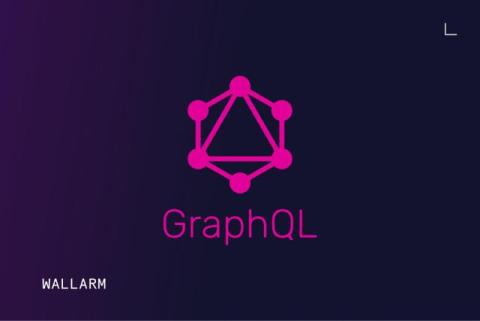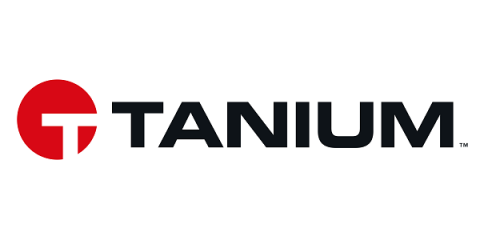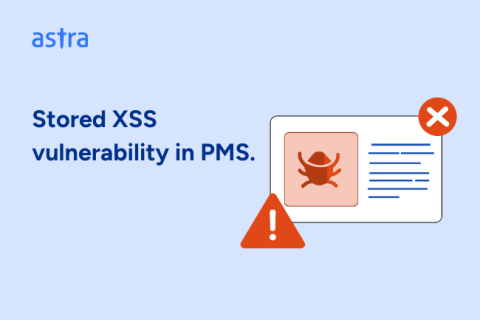GitGuardian's FP Remover Dramatically Reduces False Positive In Scans
Do you hate false positives in your secrets scan results? We do too. GitGuardian has introduced a whole new approach to eliminating false positives, eliminating them by around 50% so far. And we are just getting started! GitGuardian's Machine Learning experts and Secret Detection team have created "FP Remover", a new in-house machine learning model that significantly reduces false positives by understanding code context and semantics while enforcing security and privacy best practices.











